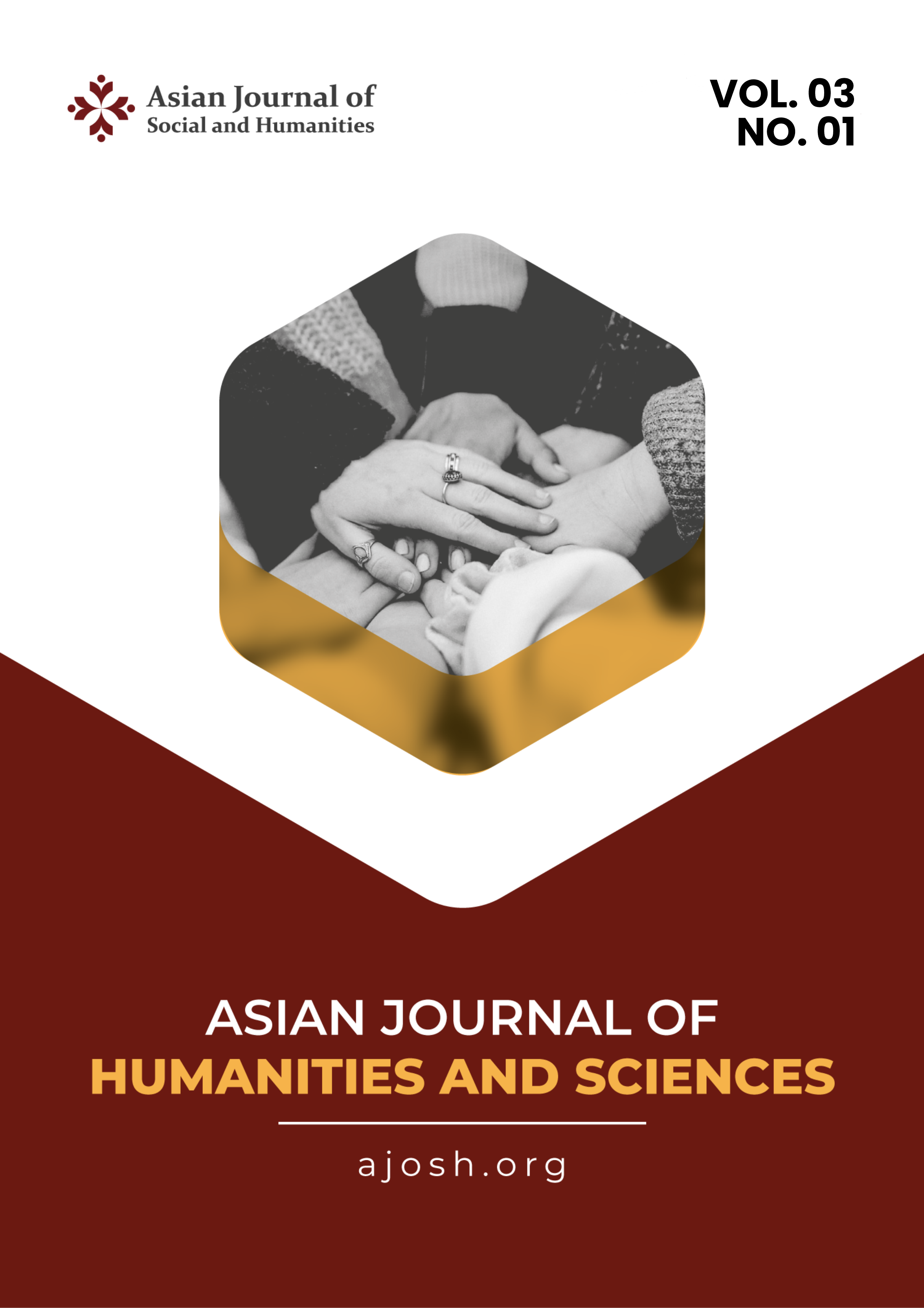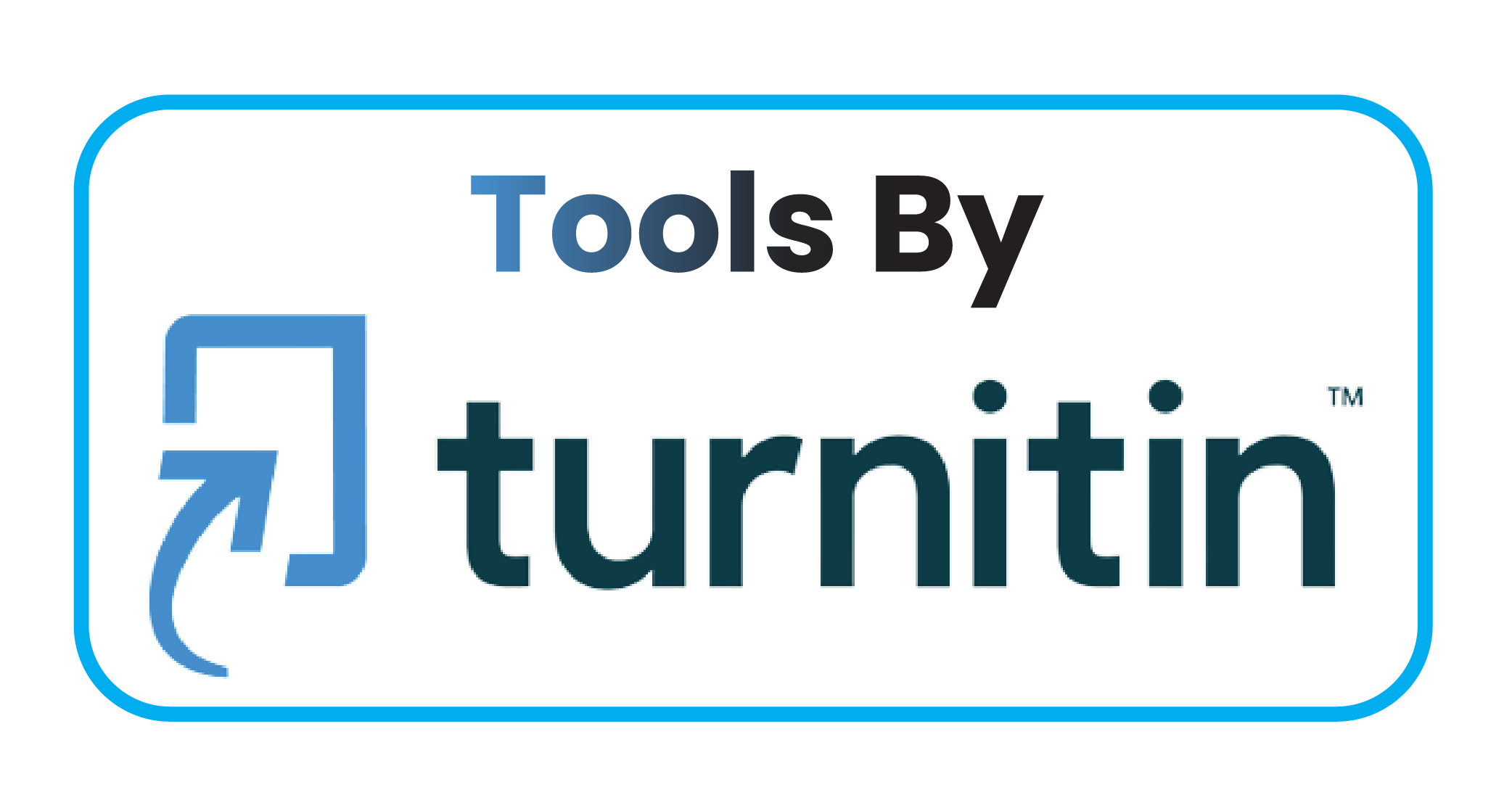Supplementary Feeding as A Remedy For Stunted Toddlers and Pregnant Women With Chronic Energy Deficiency (CED) In Imbi Urban Village, Jayapura City, Papua
DOI:
https://doi.org/10.59888/ajosh.v3i1.427Keywords:
Stunting;, Supplementary Feeding (PMT);, PosyanduAbstract
Stunting is a condition characterized by impaired growth in children, leading to insufficient height and weight compared to established standards, which also affects motor development. Children with stunting have lower immunity, increasing their vulnerability to non-communicable diseases such as diabetes, obesity, stroke, and heart disease. In Jayapura, the stunting rate reaches 20%, which is considered high in Indonesia. In response, PT Pertamina Patra Niaga has partnered with the Posyandu Cadre of Imbi Village and the local Health Center to provide Supplementary Feeding (PMT) containing animal protein, vegetable protein, fruits, and vegetables. The aim of this study is to evaluate the effectiveness of the PMT program in reducing the rate of stunting and improving the nutritional status of toddlers and pregnant women in Jayapura. The feeding program lasted for two weeks and targeted stunted children and pregnant women with nutritional deficiencies. This descriptive qualitative study examines the processes and outcomes of this intervention. The results indicate that 39% of participants successfully improved their nutritional status, moving out of the stunting and SEZ categories. This program is set to continue for four years to ensure sustainable support for toddlers and pregnant women in meeting their nutritional needs.
Downloads
Published
Issue
Section
License
Copyright (c) 2024 Syafierra Ramadhanty

This work is licensed under a Creative Commons Attribution-ShareAlike 4.0 International License.
Authors who publish with this journal agree to the following terms:
- Authors retain copyright and grant the journal right of first publication with the work simultaneously licensed under a Creative Commons Attribution-ShareAlike 4.0 International. that allows others to share the work with an acknowledgement of the work's authorship and initial publication in this journal.
- Authors are able to enter into separate, additional contractual arrangements for the non-exclusive distribution of the journal's published version of the work (e.g., post it to an institutional repository or publish it in a book), with an acknowledgement of its initial publication in this journal.
- Authors are permitted and encouraged to post their work online (e.g., in institutional repositories or on their website) prior to and during the submission process, as it can lead to productive exchanges, as well as earlier and greater citation of published work.










